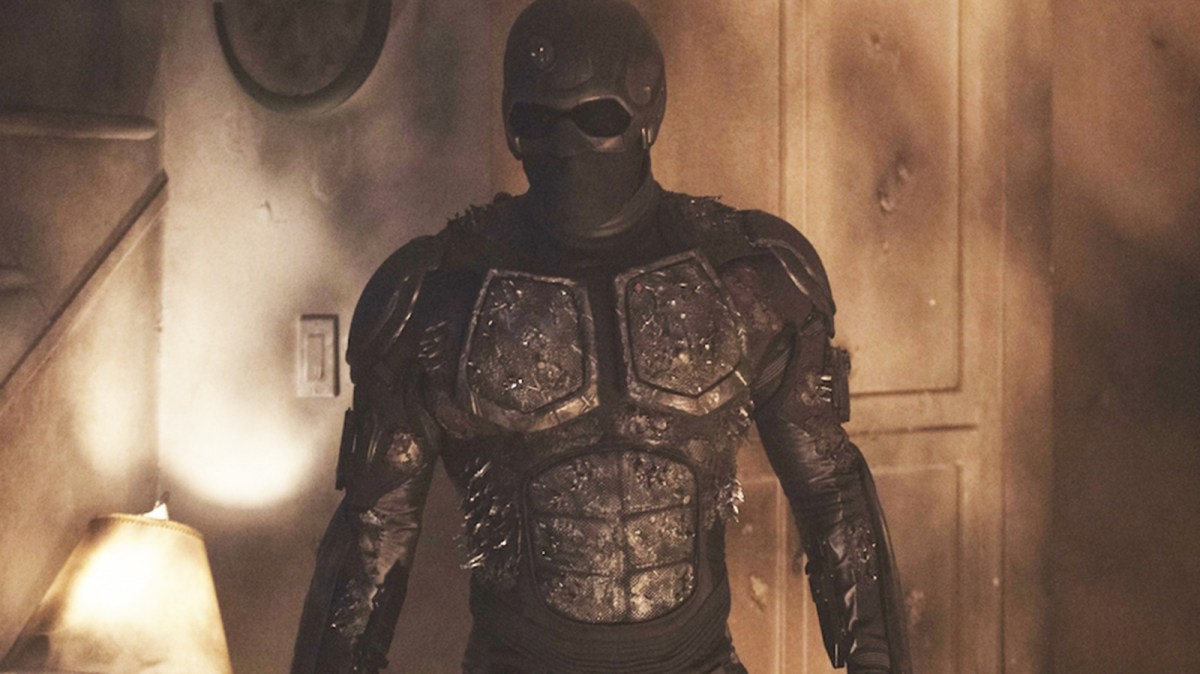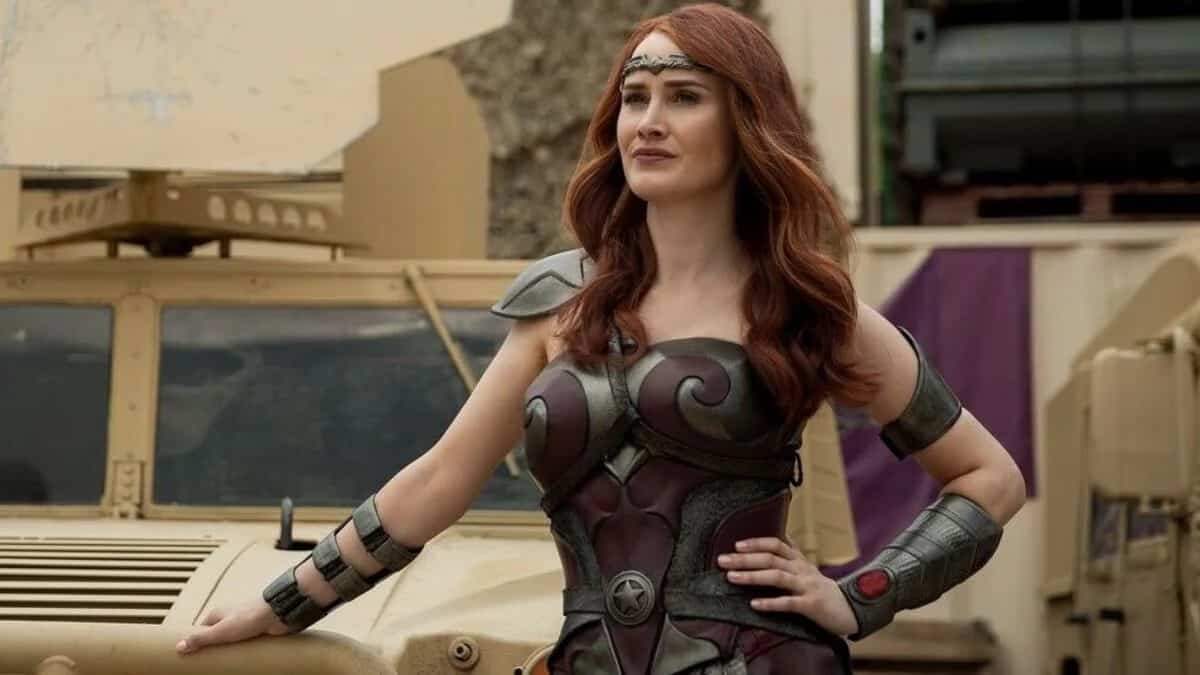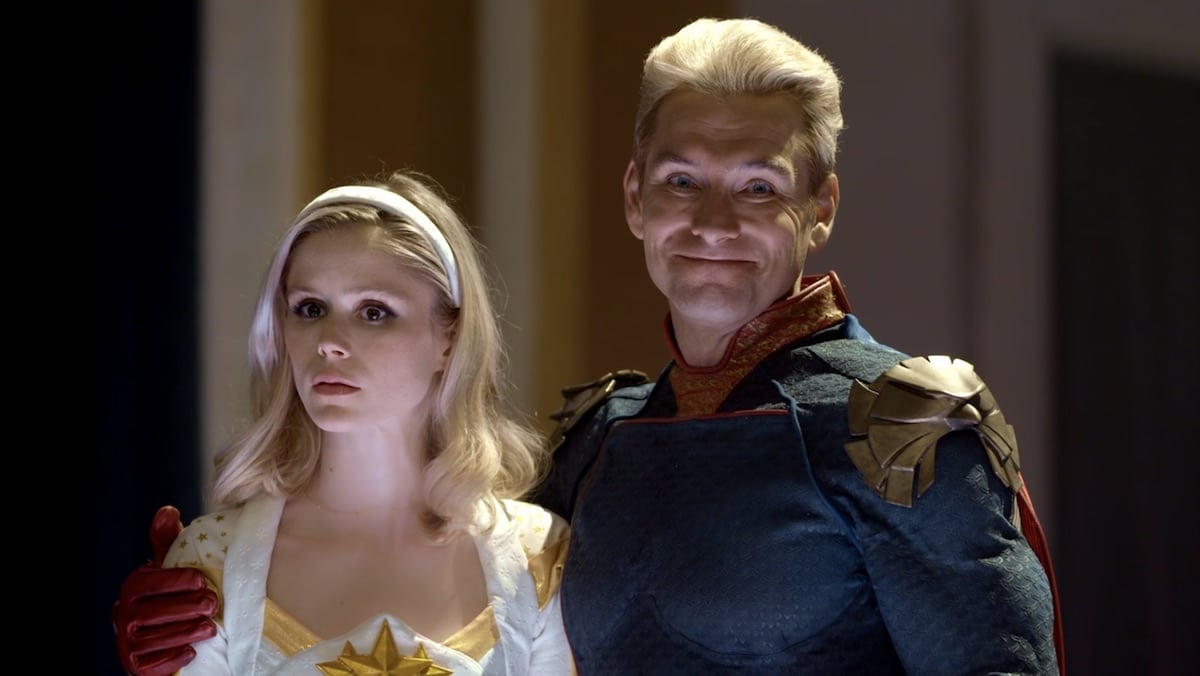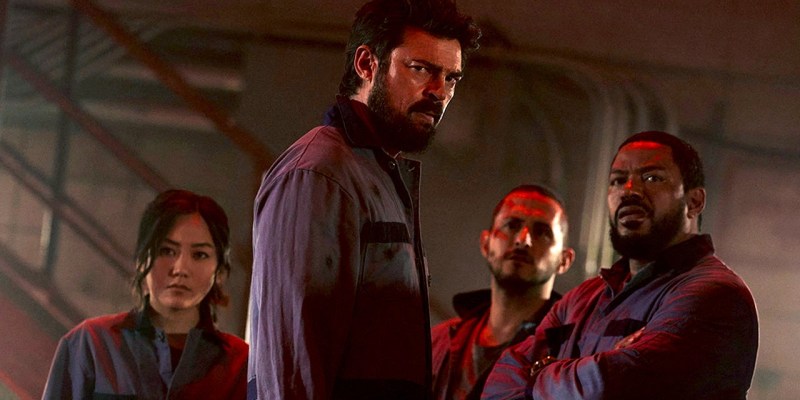The Boys, the Amazon superheroes-aren’t-super series, is based on a comic by Garth Ennis. However, the series does deviate from the source material somewhat, which is why we’re going to summarize all the major differences between Amazon’s The Boys TV series and the original comic. Expect a good amount of spoilers!
A List of All Major Differences Between The Boys on Amazon and the Original Comic
One of the biggest changes is that the series strips the Boys of their super-strength.
Sure, we could list every single little change — such as the fact that Hughie is American, but we’re going to focus on the most significant changes. Perhaps the biggest change is that, in the show, only Kimiko has permanent superpowers. In the comic, every member of The Boys has them.
How? Either they were born with them, or Butcher arranged for them to be injected with Compound V. So while they might not be able to go toe to toe with Homelander, they could beat the living daylights out of most other superheroes.
Taking those powers away, however, makes sense in the context of the series. It helps create a sense of tension, something that tended not to factor into the comics. It’s easier for Hughie to be afraid of, say, the Deep, when he can’t just punch his head off.
Compound V is everywhere.
In Amazon’s The Boys, Vought International chooses who gets given Compound V, the substance that makes superheroes super. In the comics it’s made its way into the food chain and can also be passed down genetically. So superheroes can be born without Vought’s intervention or approval.
In the comics, Butcher’s wife Becky died.
In the comics, Becky did give birth to a super baby, but it killed her. Butcher then killed the super baby. In the show, she lived (for a while) and raised her and Homelander’s son, Ryan. Butcher is not a nice person in the show, but motivated by this event, he’s even worse in the comics.

Black Noir is Homelander’s clone.
In the comics, Black Noir was Vought’s contingency plan, in case Homelander went rogue. He never takes his mask off because it’s Homelander’s face he’s wearing. But since he’s never given the kill order, he frames Homelander and drives him mad. But that doesn’t make Homelander a good guy because…
In the comics, Homelander is the one who blackmails Starlight.
Instead of the Deep blackmailing Starlight, Annie January, into… servicing him, it’s Homelander, and Black Noir and A-Train also join in. In the show it’s the Deep, but he’s actually a minor character in the comics and just goes about wearing a massive diving helmet. This is substantial among the major differences between Amazon’s The Boys series and the comic.
Queen Maeve is a bigger character in The Boys the show than the comic.
The comic version of Queen Maeve is drunk 90% of the time and only stands up to Homelander towards the end of the comic’s run. In the show, she’s much more together, possibly because she has her girlfriend to fight for and plays a more significant role. In fact…

A lot of the superheroes are less one-dimensional than in the comics.
Amazon’s show features, as you might expect, a lot of superheroes. But whereas in the comic, they’re one-joke characters — e.g., Popclaw is basically Marvel’s X-23 — here they’ve got a little more depth.
Compound V brings dead superheroes back to life in the comics.
Parodying superheroes who return from the dead, the comic version of Compound V can restart dead supers. But they come back with a fraction of their mental faculties and typically end up being hidden away from public view. That doesn’t happen in the show.
In the comic, Stillwell doesn’t die.
Madelyn Stillwell, Homelander’s immediate boss, may have met a sticky end, but her comics counterpart, James Stillwell, survives till the end of the run. Stan Edgar dies, but Stillwell replaces him with another Vought executive — Homelander never becomes CEO.
Starlight learns about Hughie’s “job” very early on.
In the show, Starlight knows that Hughie is working for the Boys. In the comic, they both remain unaware of each other’s occupations. When they do find out, they break up, though they eventually get back together.

The Boys have full CIA backing in the comics.
In the show, the Boys have an on-off-on-off relationship with the CIA. In the comics, they’re operating with full CIA backing virtually all the time. Plus, while the show’s Susan Raynor has moved on from her relationship with Billy Butcher, in the comic she regularly cheats on her husband with him.
Billy’s dog Terror might be the one keeping him on a leash.
Billy’s bulldog, Terror, makes a brief appearance on the show. But in the comic, the pair are rarely separated, and it’s suggested the dog is one of the few things keeping him stable(ish). So when Terror is killed, Billy slaughters the member of the Seven responsible.
Soldier Boy is just rubbish.
Instead of being a more problematic Captain America, the comic version of Soldier Boy is just rubbish and gets his nose bitten off by Billy Butcher. That’s mainly because he’s not the Soldier Boy, just one of several “heroes” who used the name.
We’re glad Amazon chose to make these changes in service of the viewers. Because as entertaining as the comic is, it wouldn’t really have worked on screen, certainly not for this many seasons.
That does it for all of the major differences between the Amazon The Boys TV series and the original comic.
